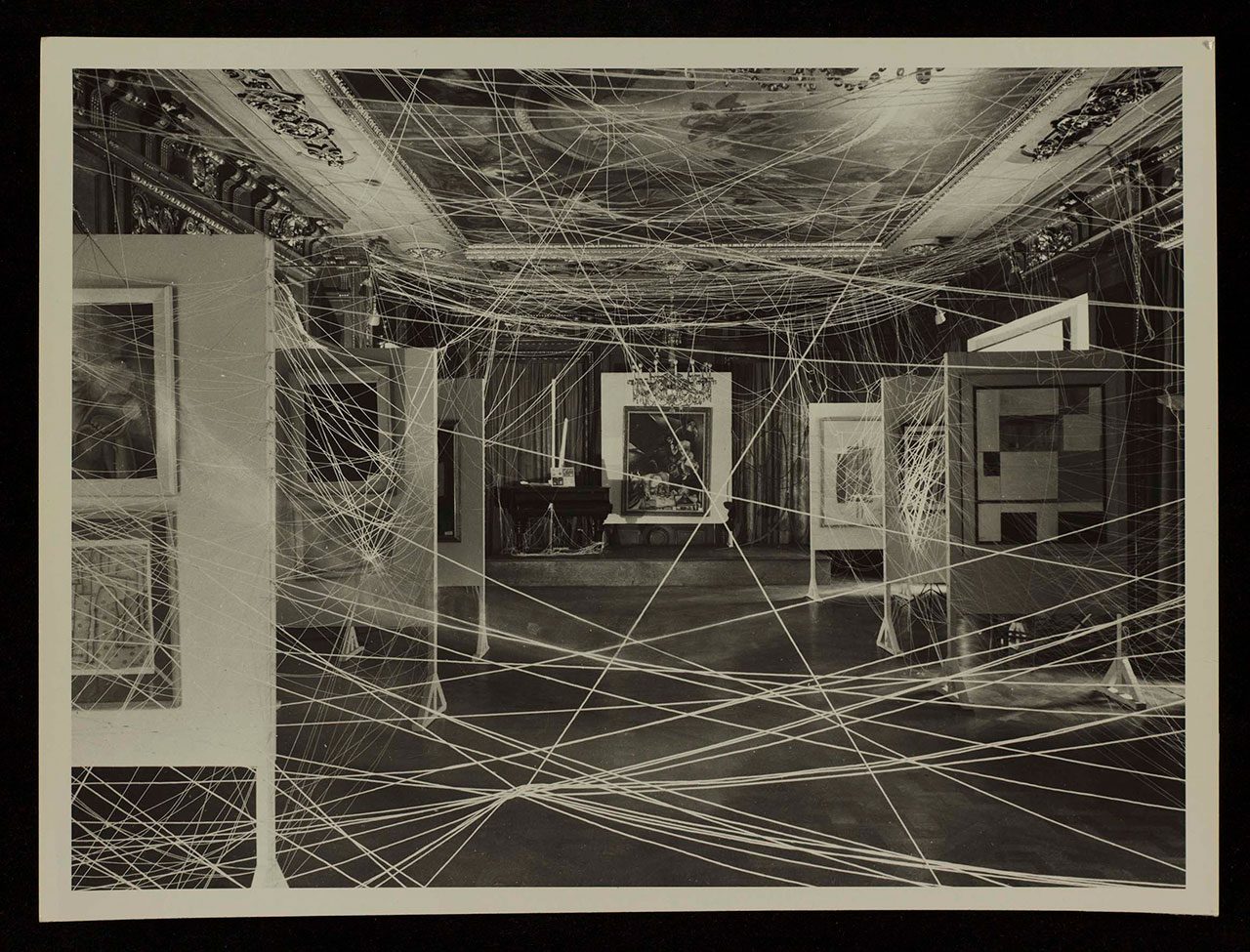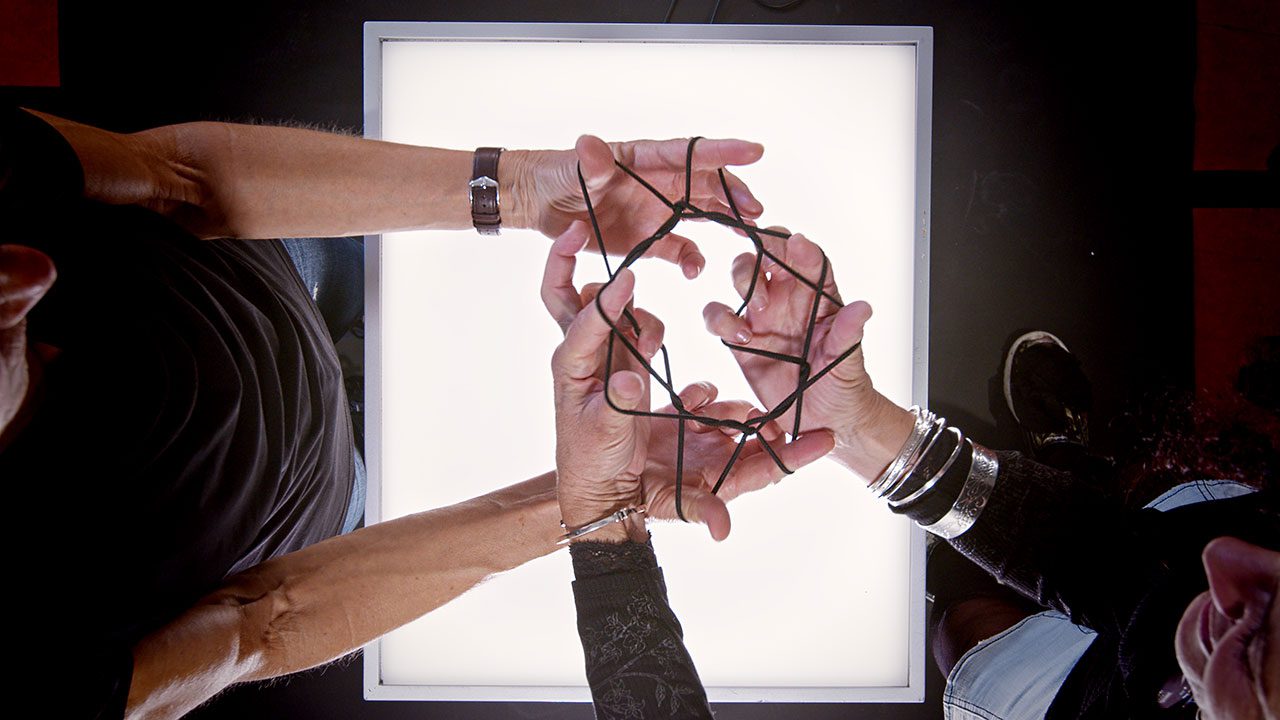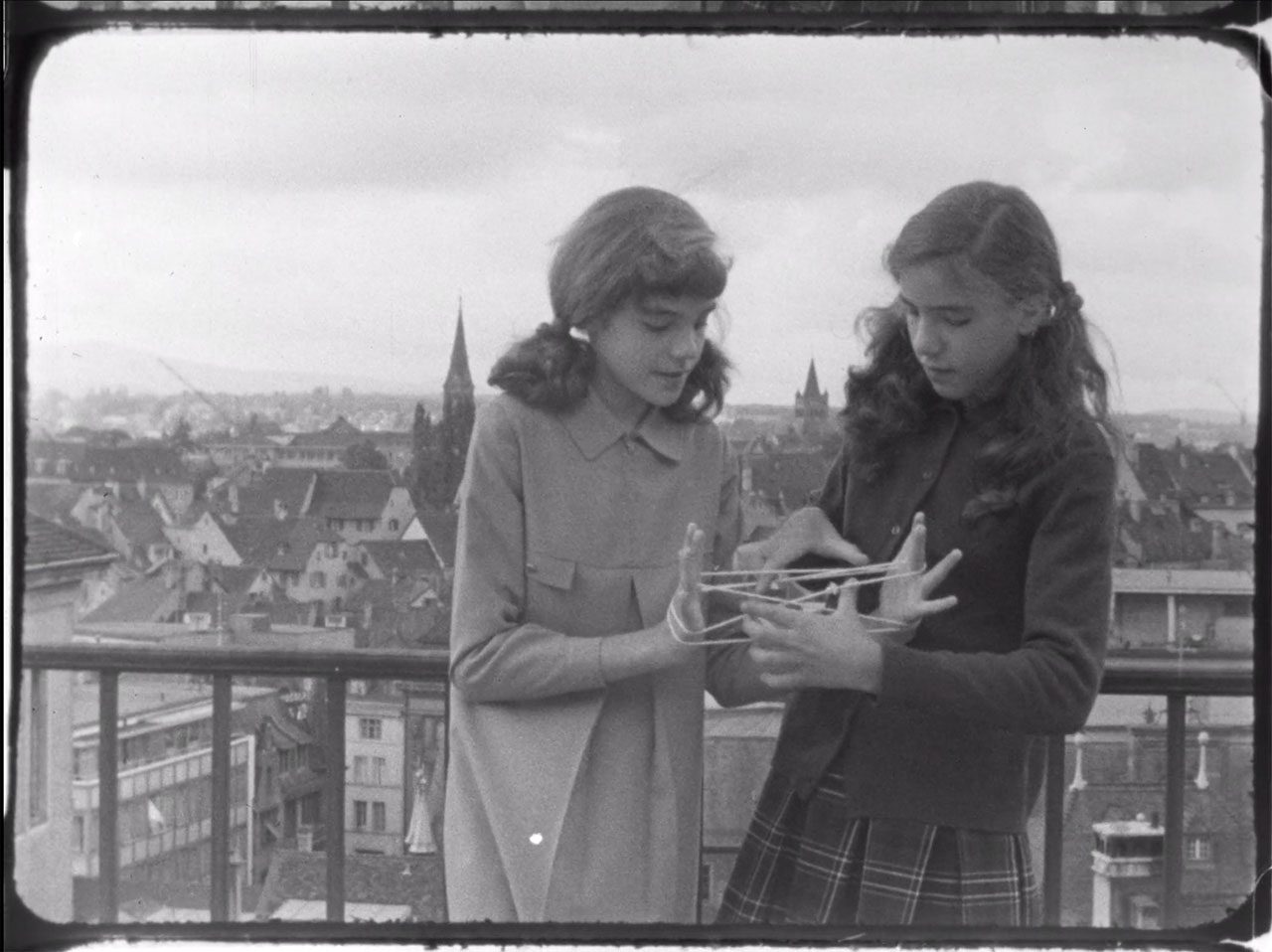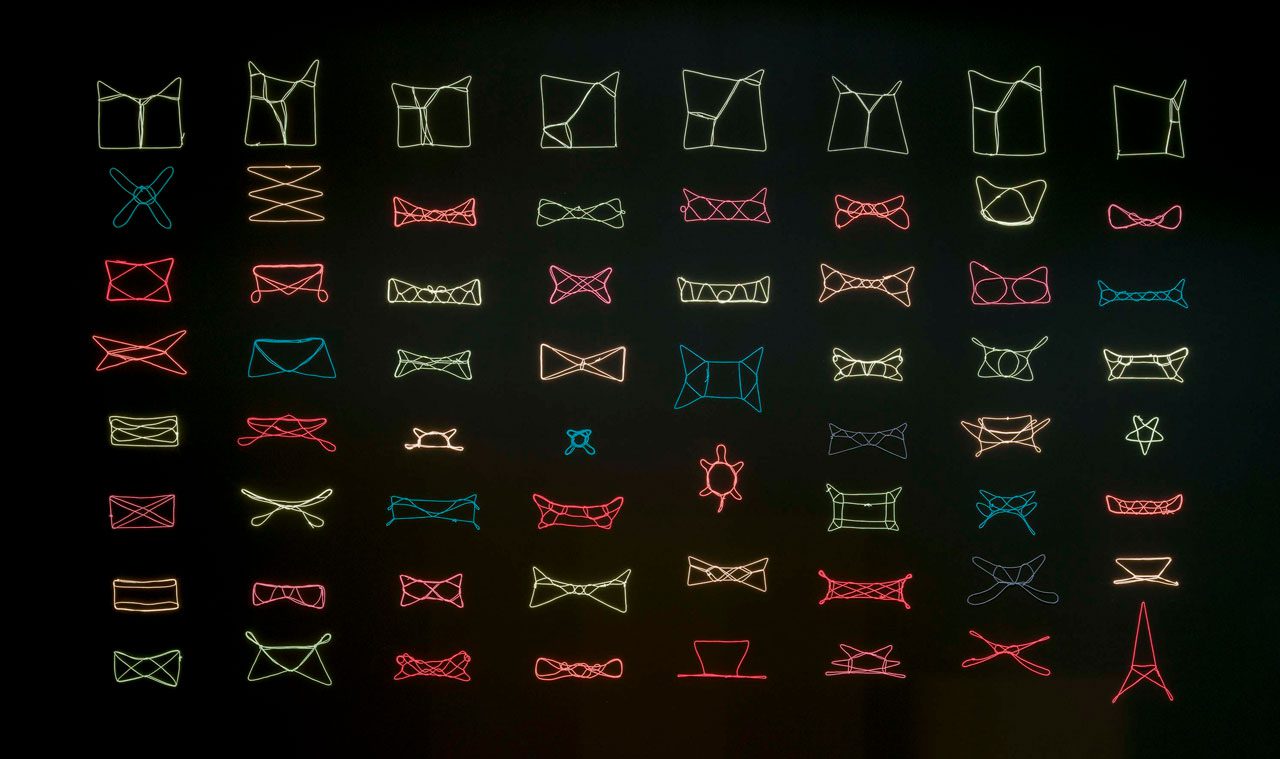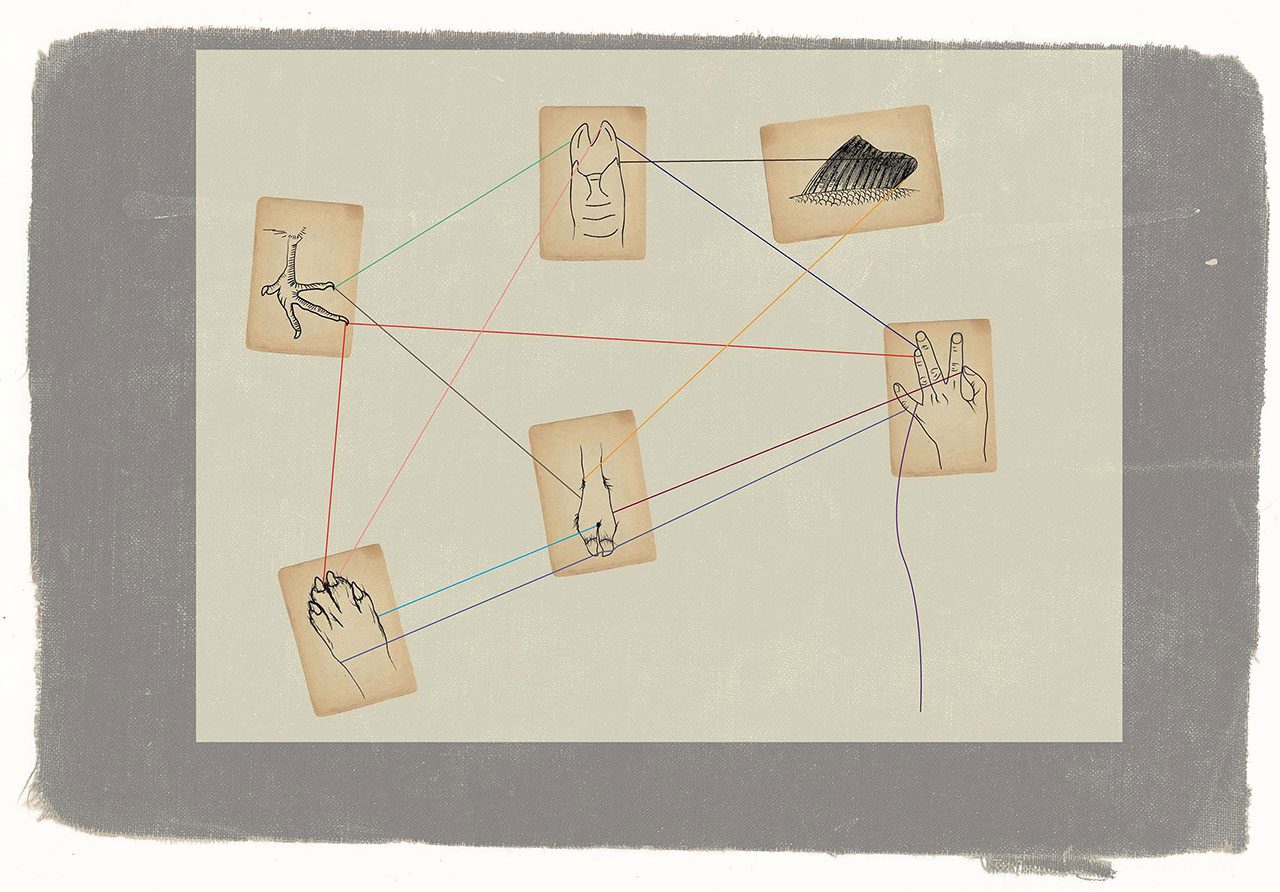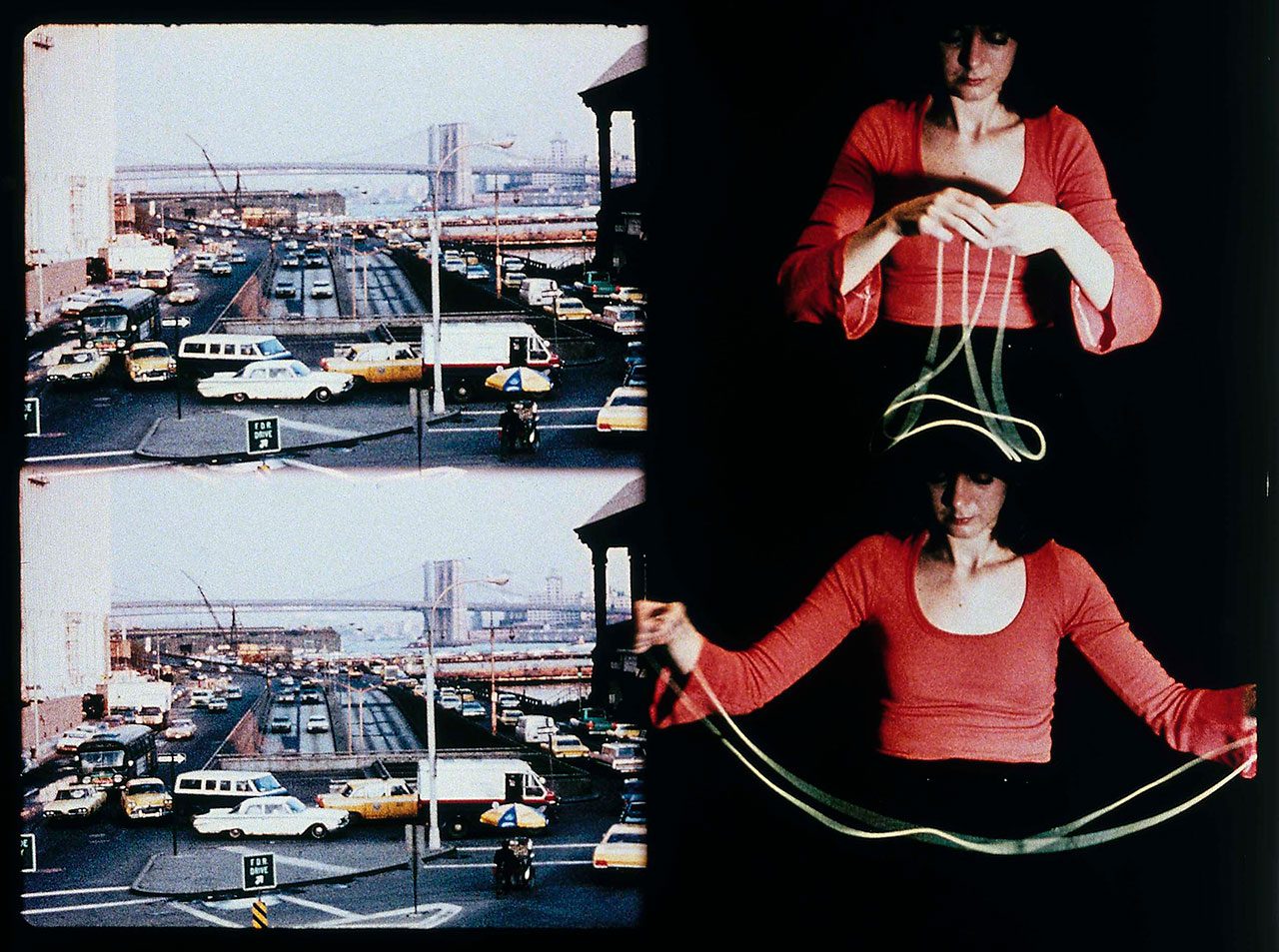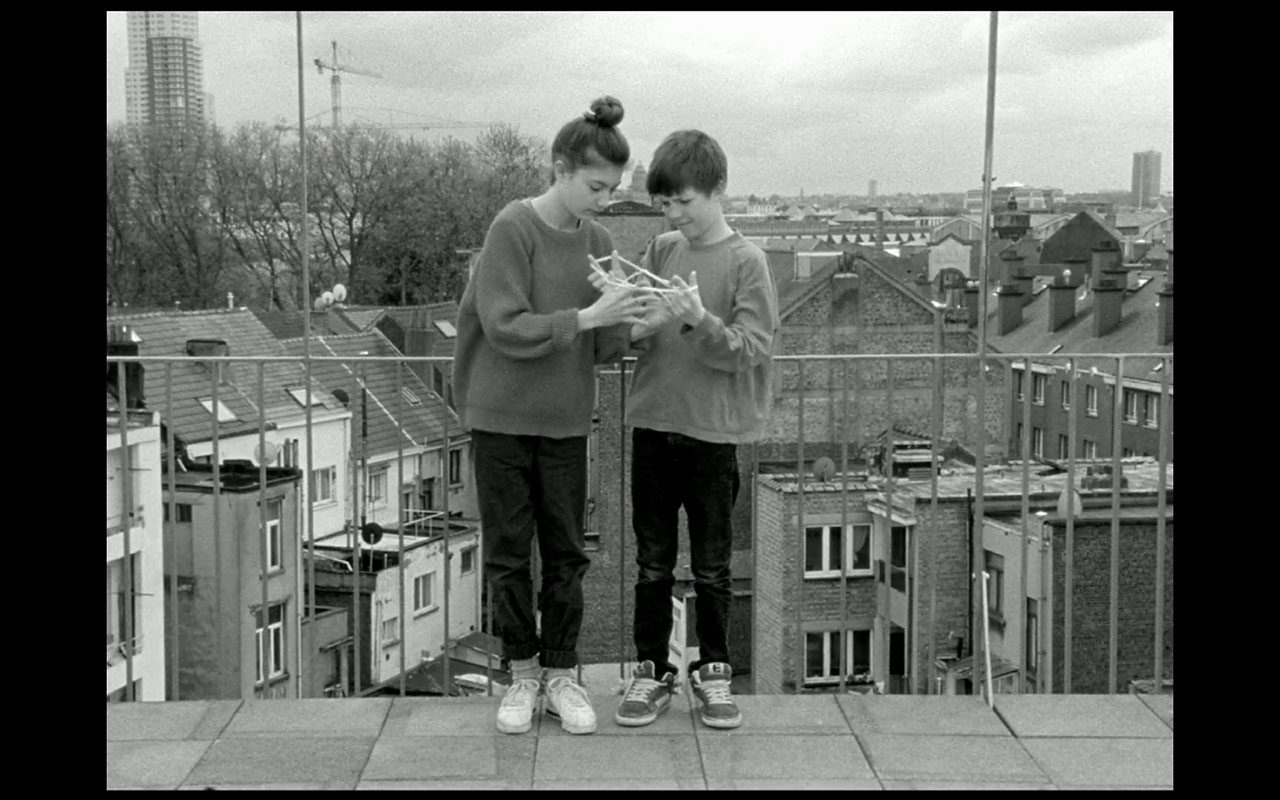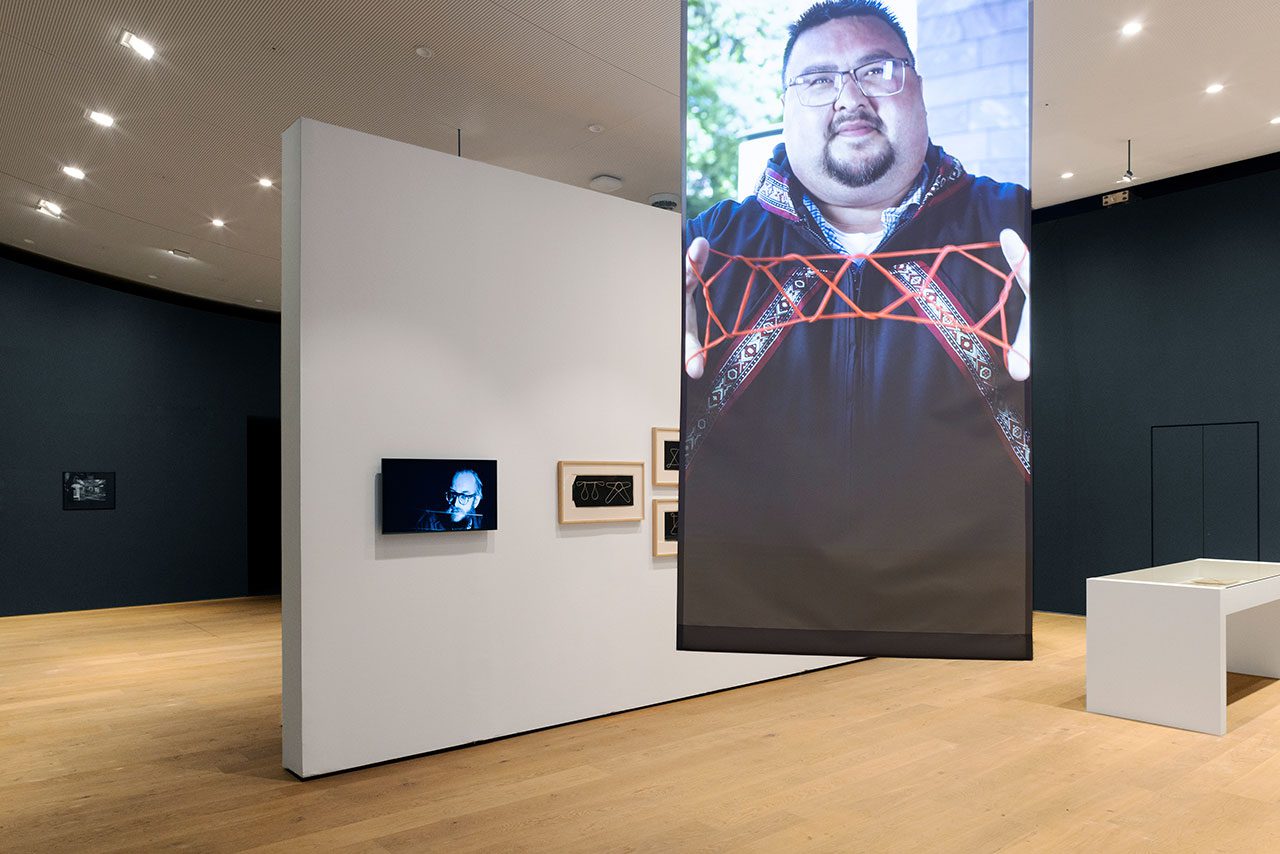PRESENTATION: String Figures-A Research Exhibition
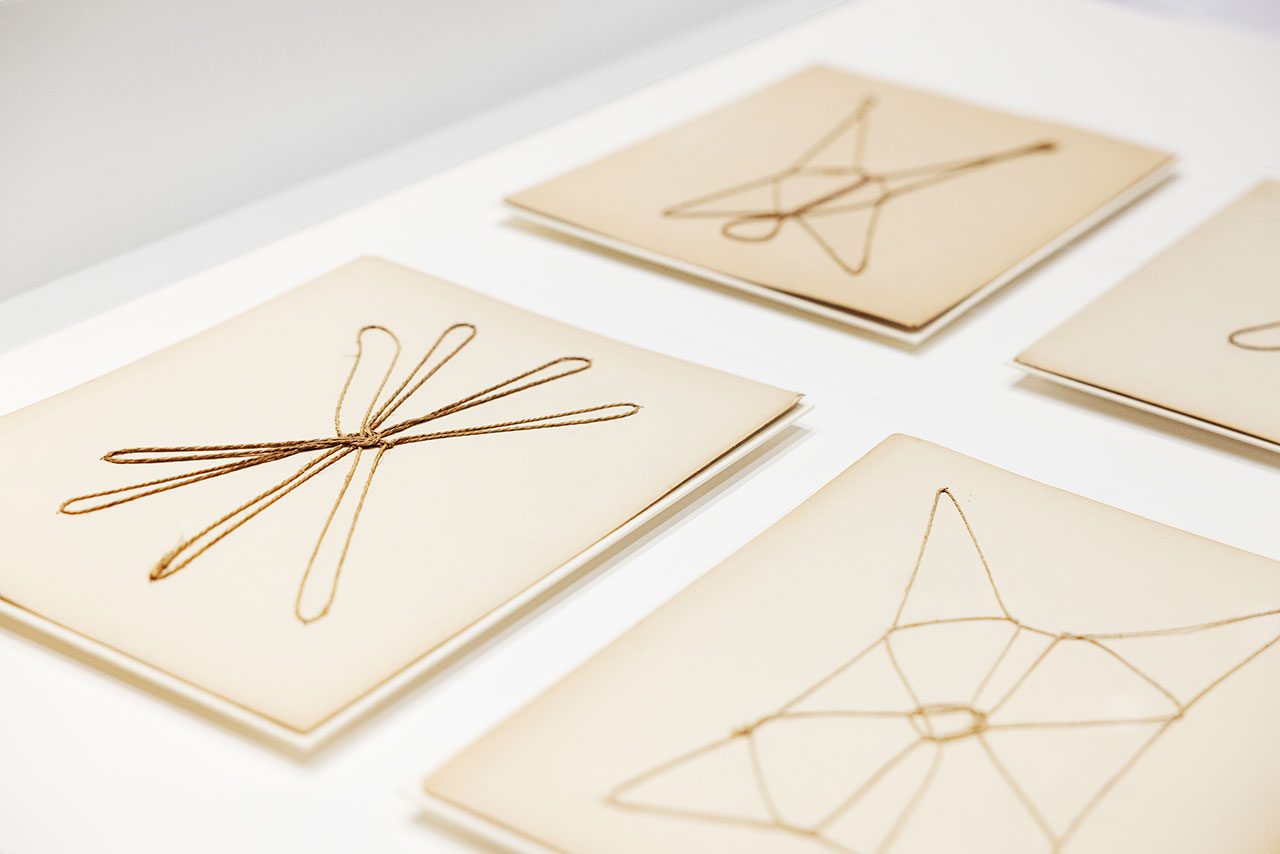 Stretched between eight fingers and two thumbs, sometimes between teeth and toes, loops of string make shapes. String figures can do many things: they tell stories, they pass the time, they make the unsayable showable, they connect people. As one of humanity’s oldest cultural practices, they have inspired artists, anthropologists, and theorists.
Stretched between eight fingers and two thumbs, sometimes between teeth and toes, loops of string make shapes. String figures can do many things: they tell stories, they pass the time, they make the unsayable showable, they connect people. As one of humanity’s oldest cultural practices, they have inspired artists, anthropologists, and theorists.
By Efi Michalarou
Photo: Museum Tinguely Archive
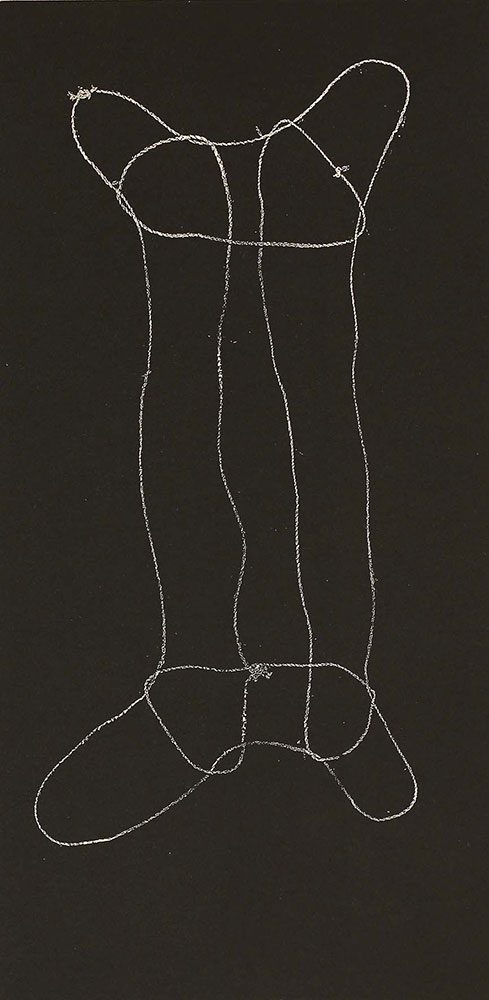
String figures have been studied as an aesthetic practice, collected as artifacts, and considered as a non-Western way of thinking. The exhibition “String Figures. A Research Exhibition” juxtaposes historical and contemporary artworks with objects from ethnographic collections in order to research, redefine and resignify the past and present of string figure practices. In avant-garde art, a multitude of references to string figures can be found. Artists were fascinated by their aesthetics, by their relationality, and by the fact that string figures subvert traditional distinctions (such as medium/form or sign/signifier). The history of museum art dealing with string figures includes the names of frequently exhibited, genre- and school-forming, male, white, metropolitan artists such as Marcel Duchamp and Andy Warhol. Alongside them, however, are the names of fringe, female or Indigenous artists who have worked intensively with the ambiguity, ephemerality and/or historical complexity of string figures, such as Harry Smith, Maya Deren and Maureen Lander.In anthropology, string figures were long regarded a universal game. As a body practice that can be found in many places of the world, it fed the epistemological fantasies of a universal cultural comparison throughout the 20th century. As early as 1888, Franz Boas described the string figures of the Kwakiutl. Subsequently, European-American (often female) ethnologists ‘collected’ string figures, mounted them on cardboard or made drawings, photographs and films. String figures pinned to cardboard or wood reveal the logics of collecting, ownership, uprooting and systematization along geographical and sometimes racial categories that dominate ethnological collections. Whereas, performed string figures tell of the weaving of relations between people, and between Indigenous culture and anthropology. They can be an expression “of earthhood, of communalhood, of ancestralhood.” (Vázquez). At the intersection of art and theory, string figures have gained prominence in recent years: Donna Haraway promotes string figures as a method of interdisciplinary and interspecies thinking and collaboration. Unlike the technicist metaphor of the network, Haraway’s string figures provide a playful, process-oriented, embodied way of thinking, emphasizing responsibility. Many artists have taken up Haraway’s sf method and used it in their work.
Works by: Jan Bachmann, Edgar Calel and Maju Vicentin, Toby Christian, Maya Deren, Marcel Duchamp, Piet Esch, Moritz Greiner-Petter, Donna Haraway, Maureen Lander, Meyakarraŋgi Marika, Isabel McLeish, Caroline Monnet, Wanharrawurr #2 Munuggurr, Nasser Mufti, David Ket’acik Nicolai, Christoph Oeschger, Mario Schulze and Sarine Waltenspül, Harry Smith, Siena Miḻkiḻa Stubbs, Katrien Vermeire, Dhukumul Wanambi, Andy Warhol, Mulkuṉ Wirrpanda.
Photo: Installation view String Figures / Fadenspiele at Museum Tinguely, Basel, 2024, Tapir, (rear side), Spider, Tarantula, Spider, Small Bird, Caterpillar, Mikura (marten species), Unknown String Figure Performer Date of origin: 1903-05, Figures from the upper Rio Negro region, Theodor Koch-Grünberg Collection, translation after Koch-Grünberg, according to the reverse acquired by purchase, which could not be verified in the acquisition processes, Plant fibre on cardboard, © Ethnologisches Museum Berlin (Ethnological Museum), Ethnologisches Museum Berlin (Ethnological Museum), Photo Credit: Christoph Oeschger
Info: Curators: Mario Schulze and Sarine Waltenspül, Co-curator Andres Pardey, Museum Tinguely, Paul Sacher-Anlage 1, Basel, Switzerland, Duration: 20/11/2024-9/3/2025, Days & Hours: Tue-Wed & Fri-sun 11:00-18:00, Thi 11:00-21:00, www.tinguely.ch/
